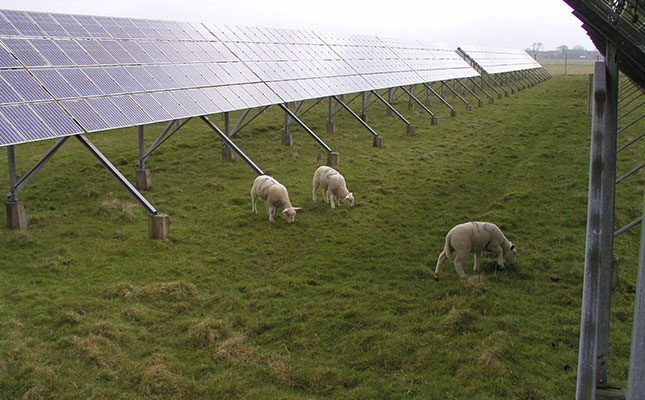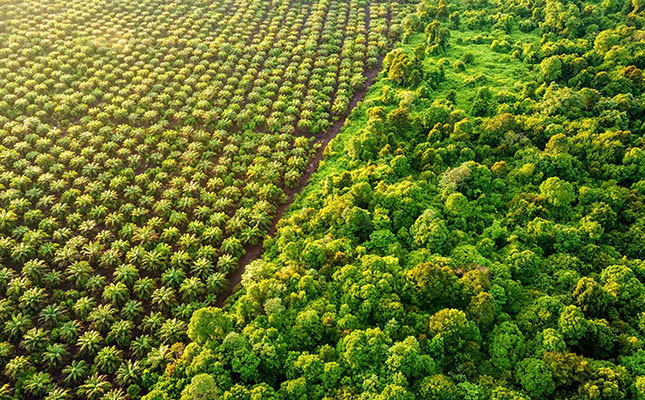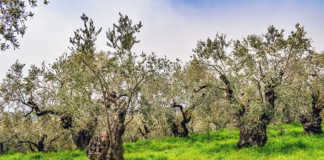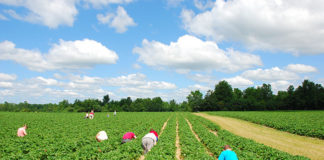
Photo: Wikimedia Commons
Euronews reported that, twice a week, the more than 100 sheep and a few goats were being allowed to graze in the fields where more than 12 000 photovoltaic (PV) panels had been installed.
“The workers realised that mowing the fields was very hard. They asked me whether I could bring my sheep,” 72-year-old shepherd Rexhep Rrudhani said. “The sheep eat all kinds of grass here, good or bad grass, and they clean everything. We are all benefitting.”
More than 90% of the electricity supply in Kosovo was currently being produced using coal, with the remainder coming from renewable sources, mainly wind and solar.
According to Arber Maliqi, manager of the solar plant: “Producing power from the sun and cutting grass with sheep means things here go green twice”.
Sheep have been an iconic part of the scene at another solar plant, the Schafflerhofstrasse plant near Vienna in Austria, since 2021.
It is now the largest PV plant of its kind in that country and capable of producing more than 12 gigawatt hours of clean electricity for 4 900 Viennese homes.
This formed part of the Austrian government’s plan to remain on track to achieve carbon neutrality for Vienna by 2040.
A total of 150 Jura sheep graze the fields around the PV panels between April and October. In turn, the solar arrays, placed higher off the ground than usual, were providing the animals with shade and protection from rain, Euronews said.
In addition to keeping the grass trimmed, the sheep were also contributing to rewilding the area by providing natural fertiliser and carrying seeds and pollen in their wool.
The site, which was built on an old dumpsite, was regenerated with a special seed mixture before the sheep were introduced.
The report said that the solar power project, created by Wein Energie, was one of several agrivoltaic systems in place in Austria.
“Agrivoltaic methods combine solar energy production with agriculture. It is a way that optimises land use without damaging ecosystems.”
Agrivoltaic experiments were also underway in Colorado in the US, and had been successfully implemented in vineyards in France.
The Euronews report explained that the microclimate created by the solar panels meant that plants growing beneath them had a reduced water requirement, while farmers could use the energy produced by the panels for irrigation.
Although the concept was in its early stages of implementation, it was estimated that by using agrivoltaic methods crop farmers could increase their profits by 40%.












